
Amide Backbone Matching
Backbone Matching (BM) evaluates virtual libraries of cyclic peptidomimetics containing an organic fragment, for interface loop mimicry in protein-protein interactions. It does so by comparing their backbone conformers with interface loops on the protein ligand. Hits for iNOS·SPSB2 and uPA·uPAR were validated experimentally.
We have produced three YouTube videos to enable potential users to understand how Amide BM works, and to use it in practice. These are listed below. Video 1 describes what BM is, 2 how we validated it experimentally, and 3 how to use it.
1. Streamlined Protein-Protein Interface Loop Mimicry
https://youtu.be/HBKRKZnO79o (https://youtu.be/HBKRKZnO79o)
2. Validation of Interface Loop Mimicry via Backbone Matching (BM). uPAuPAR
https://youtu.be/_jCKSBGq5Bw (https://youtu.be/_jCKSBGq5Bw)
3. How to match loops using amide Backbone Matching (BM)
https://youtu.be/IUJYNnc4mqg (https://youtu.be/IUJYNnc4mqg)
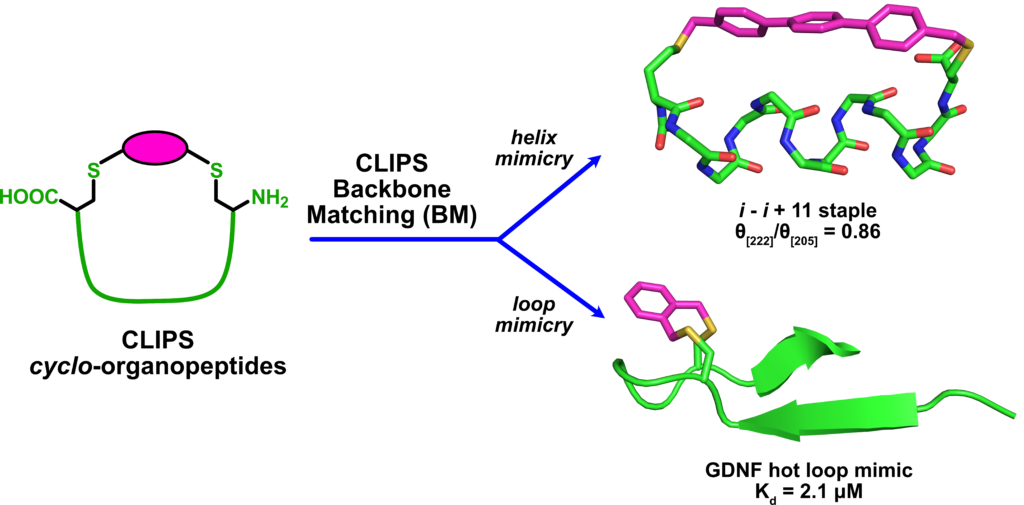
CLIPS Backbone Matching (coming out soon)
CLIPS Backbone Matching (BM) evaluates virtual libraries of CLIPS cyclo-organopeptides for interface loop mimicry in protein-protein interactions. It does so by comparing their backbone conformers with interface loops on the protein ligand. An i – i+11 stapled helical mimic and hits for GDNF-GFRα1 were validated experimentally.
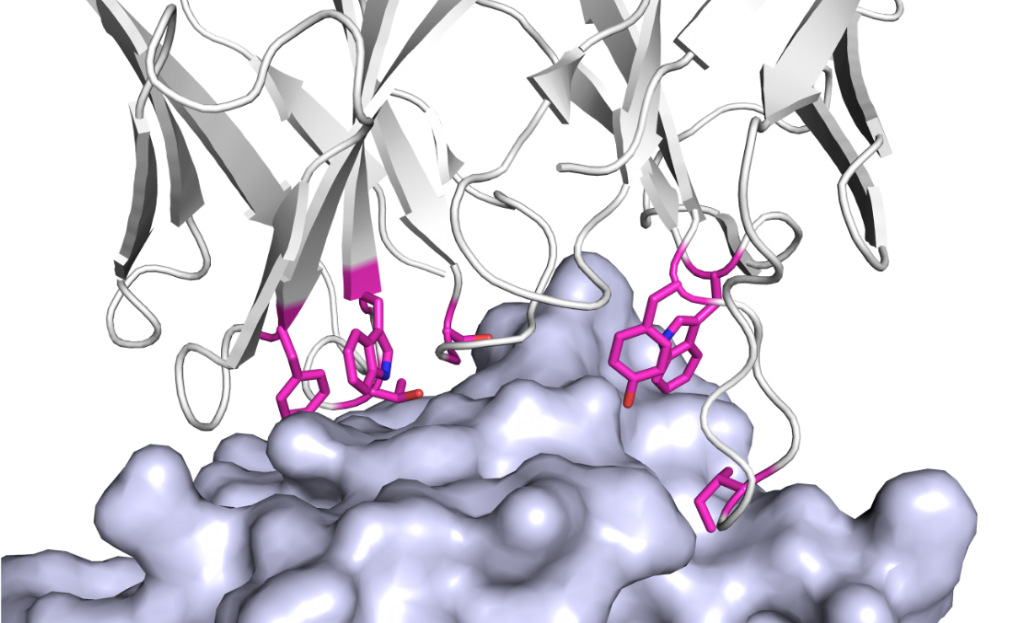
Computationally Evaluate Hot-spots In Protein-protein Interactions
Python implementation of solvent occlusion, an algorithm to detect hot spot residues on protein-protein interfaces, as a computationally cheaper alternative to the alanine scan mutagenesis (AlaScan) method. Under the hood, solvent occlusion determines the likelihood of a residue being hot spot based on how deep the residue is buried inside the protein binding partner. Diagram on left shows the accurate detection of hot spots on a SARS-CoV-2•mAb interface (PDB ID 6W41) using solvent occlusion.
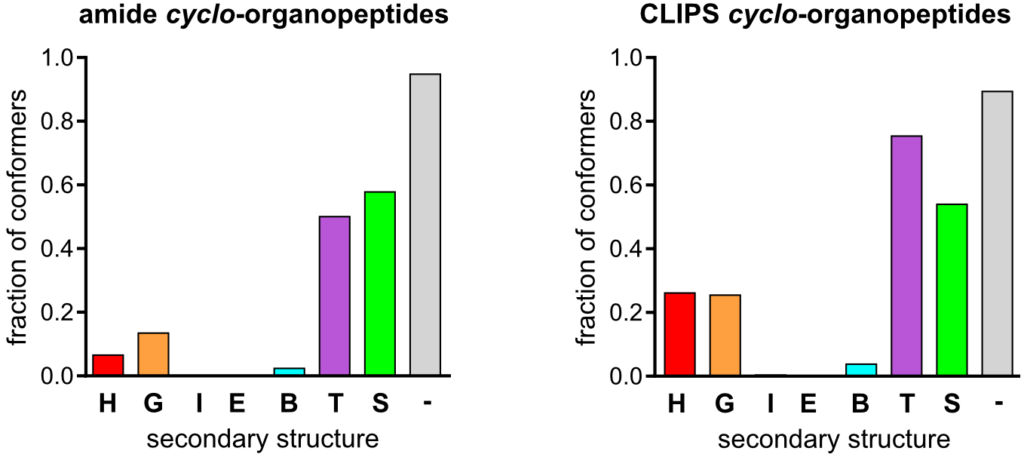
Secondary Structure Analysis of cyclo-Organopeptides by DSSP (coming out soon)
This repository includes a python script which can acquire secondary structures of simulated conformers of amide/CLIPS cyclo-organopeptides .
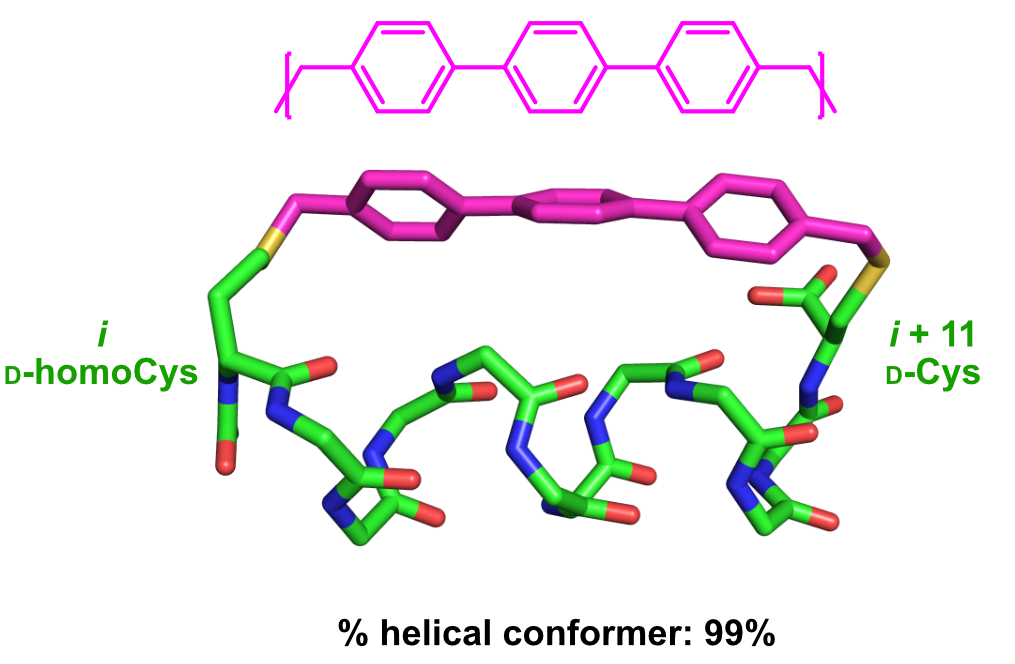
Percentage Helical Backbone Calculations (coming out soon)
This repository includes a script which can collect backbone dihedrals (phi, psi) of cyclo-organopeptides for Ramachandran plots, and further analyze how many of them are within the regions for α-helices or β-sheets.
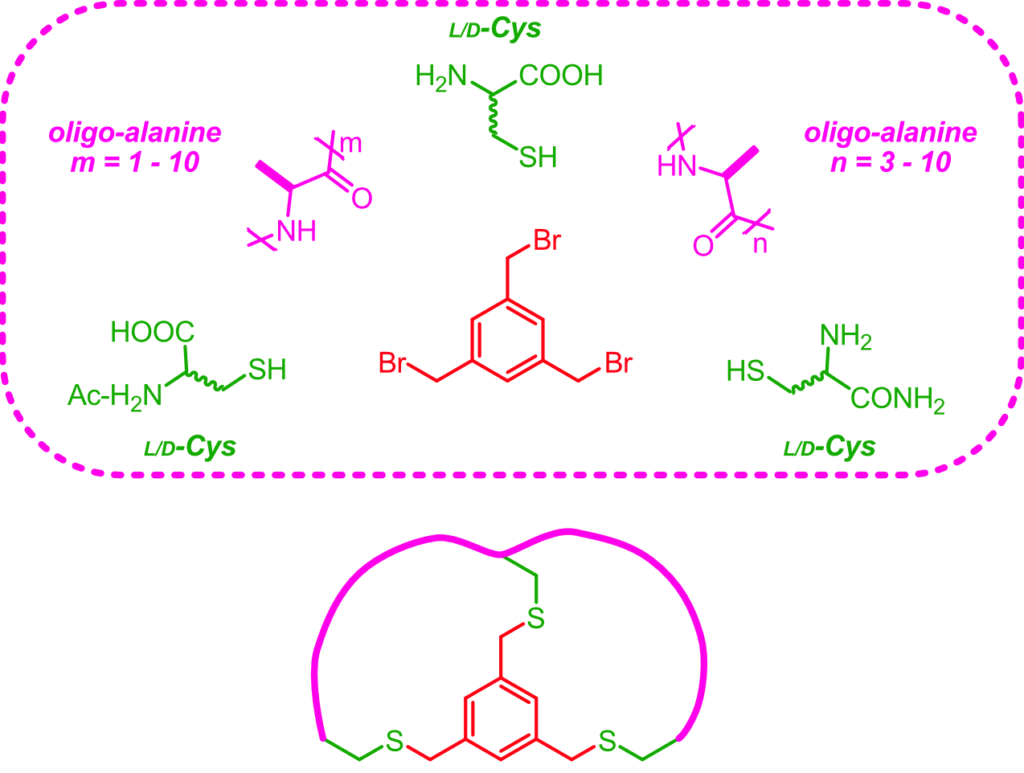
Bicyclic Clips BM (coming out soon)
CLIPS Backbone Matching (BM) evaluates virtual libraries of CLIPS cyclo-organopeptides for interface loop mimicry in protein-protein interactions. It does so by comparing their backbone conformers with interface loops on the protein ligand. An i – i+11 stapled helical mimic and hits for GDNF-GFRα1 were validated experimentally.
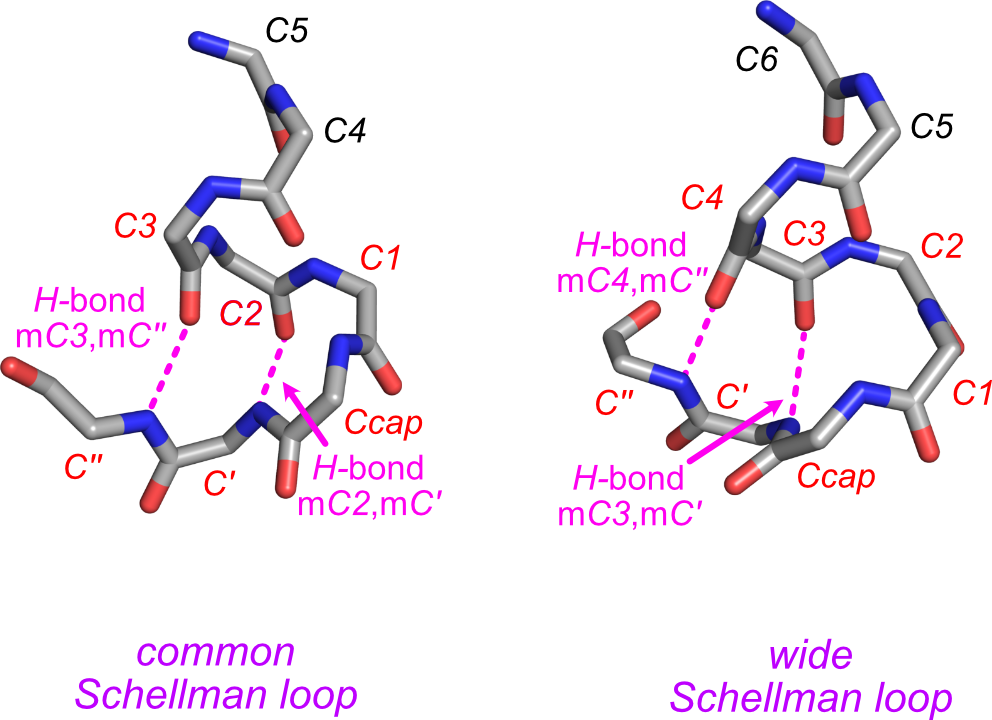
Schellman Database
Schellman loop Finder includes all Schellman loops in PDB till Nov. 2020. It can search Schellman loops in any interesting crystal by typing in its PDB code. Extra structural information, such as sequence, dihedrals, secondary structures, and interface or not, can also be obtained for any Schellman loop.
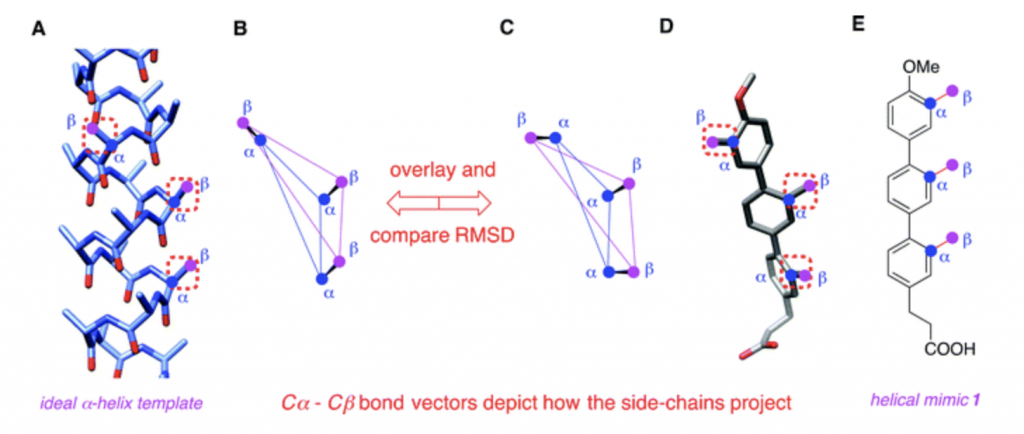
Exploring Key Orientations for Secondary Structures (EKOS)*
A protocol assisting researchers in evaluating how well minimalist mimics resemble ideal secondary structures. The protocol involves the use quenched molecular dynamics (QMD) to generate emsembles of low energy conformers and quantitative measurement of how these conformers overlay on ideal secondary structures. EKOS has been applied in the development of α-helical mimics (see reference).
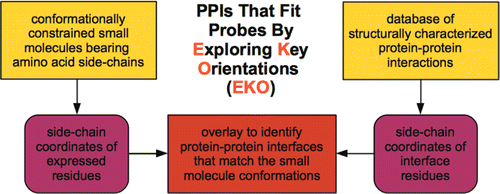
Exploring Key Orientations (EKO)*
A data mining algorithm to sample huge numbers of protein-protein interactions (PPIs) to find ones that match preferred conformers of a selected semirigid scaffold, providing guidance in designing small molecule probes that selectively perturb PPIs.
* Code by Prof Thomas Ioerger and integrated with molecular dynamics by Dr Lisa Perez, both at TAMU.